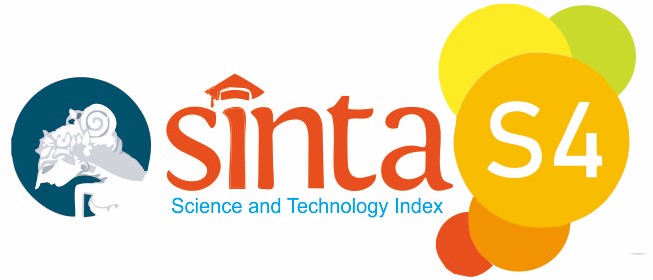Analisa dan Pengembangan Sistem Informasi Prestasi Dosen Dan Mahasiswa Menggunakan Metode Prototype
DOI:
https://doi.org/10.30872/atasi.v2i2.959Keywords:
prestasi, dosen, mahasiswa, metode prototype, Aplikasi WebAbstract
The documentation of achievements by lecturer and students is crucial in the context of the development of faculties and educational institutions. Faculties across various higher education institutions worldwide are adopting technology to aid in improving the quality of teaching and learning, as well as monitoring the progress of lecturer and students. Furthermore, comprehensive evidence of achievements can be a significant factor in enhancing the accreditation value of study programs. An essential aspect of the accreditation process involves assessing the achievements of study programs, an evaluation that encompasses various indicators, such as the quality of teaching, research, and community engagement conducted by lecturer and students of the respective study programs. This research aims to analyze the need for an achievement information system to be employed by faculties for monitoring the achievements of lecturer and students in each study program. The development of the information system is executed using a prototype model, utilizing the PHP programming language and MySQL database. The results of this web-based application development demonstrate that the prototype model with PHP programming language and MySQL database can be effectively implemented. The implications of this web application enable the faculty leadership and study program administrators to more easily gather, monitor, and analyze the progress of faculty members and students' achievements. Consequently, the human resources development strategy at both faculty and study program levels can be further enhanced.
Downloads
Published
Issue
Section
License
Copyright (c) 2023 Adopsi Teknologi dan Sistem Informasi (ATASI)

This work is licensed under a Creative Commons Attribution-NonCommercial-ShareAlike 4.0 International License.














